In the world of Hollywood, the art thief has become something of a romantic legend. But away from the big screen, art looting is big business.
From Vincenzo Peruggia, the man who stole the Mona Lisa in 1911 through to Adam Worth, the master criminal who is thought to be the inspiration behind “Moriarty” in Arthur Conan Doyle’s tales of Sherlock Holmes, art thieves have been pursued across the world by police and detectives.
Even in times of global crisis, art thieves have kept busy and made news – a painting by Vincent van Gogh was stolen during an overnight raid at a Dutch museum that was closed due to the Covid-19 pandemic.
Here’s CNN Style’s rundown of famous stolen paintings – some of which disappeared, while others made unlikely returns.
Madonna with the Yarnwinder

Back in 2003, the $45-50 million Leonard Da Vinci painting ‘Madonna with the Yarnwinder’ was stolen from the Duke of Buccleuch’s home in Scotland. The painting was recovered in 2007 but the duke died a month before it was recovered.
Painted between 1520 and 1530, the artwork can now be found at the the National Gallery of Scotland in Edinburgh.
Daring heist
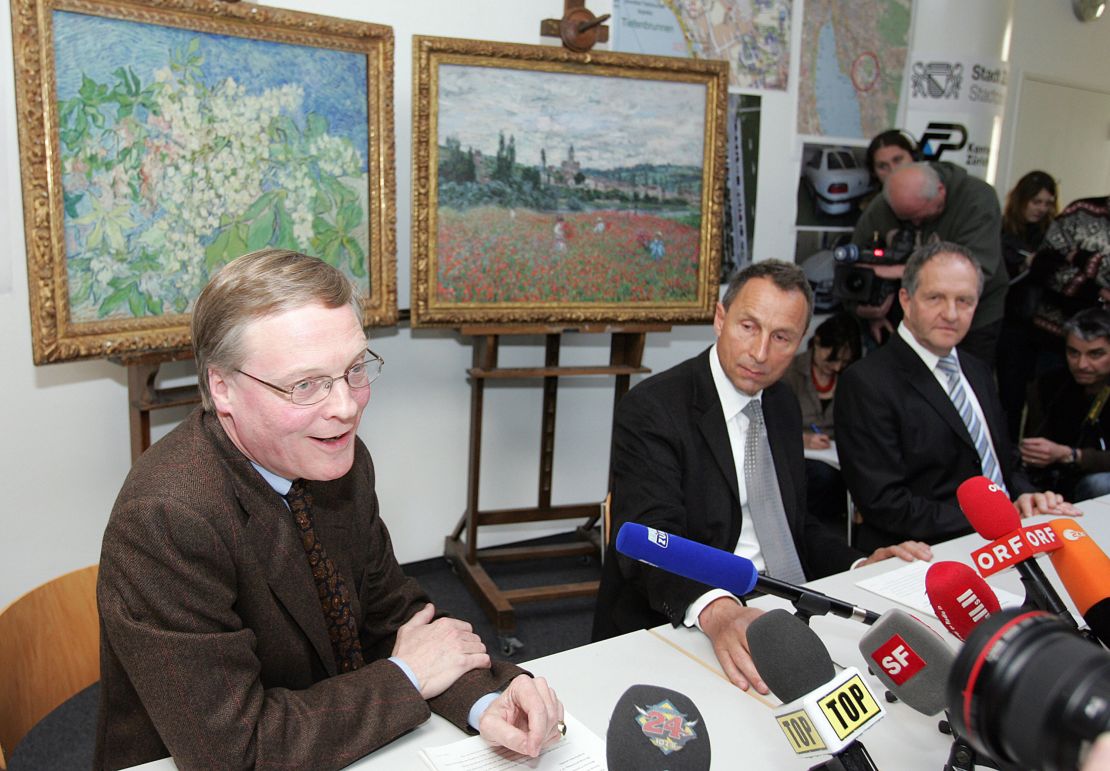
In 2008, four masterpieces by Paul Cezanne, Edgar Degas, Vincent Van Gogh and Claude Monet were stolen by masked raiders at the Buehrle Foundation museum in Switzerland.
The four paintings, “Poppies near Vetheuil” by Monet, “Count Lepic and his Daughters” by Degas, “Blossoming Chestnut Branch” by Van Gogh and “Boy in a Red Waistcoat” by Cezanne were estimated to be worth a combined $64 million.
Police recovered two of the four paintings a short time later – the works by Monet and van Gogh. The Degas was retrieved with slight damage in 2012 and the Cezanne was found in Serbia in the same year.
The Duke
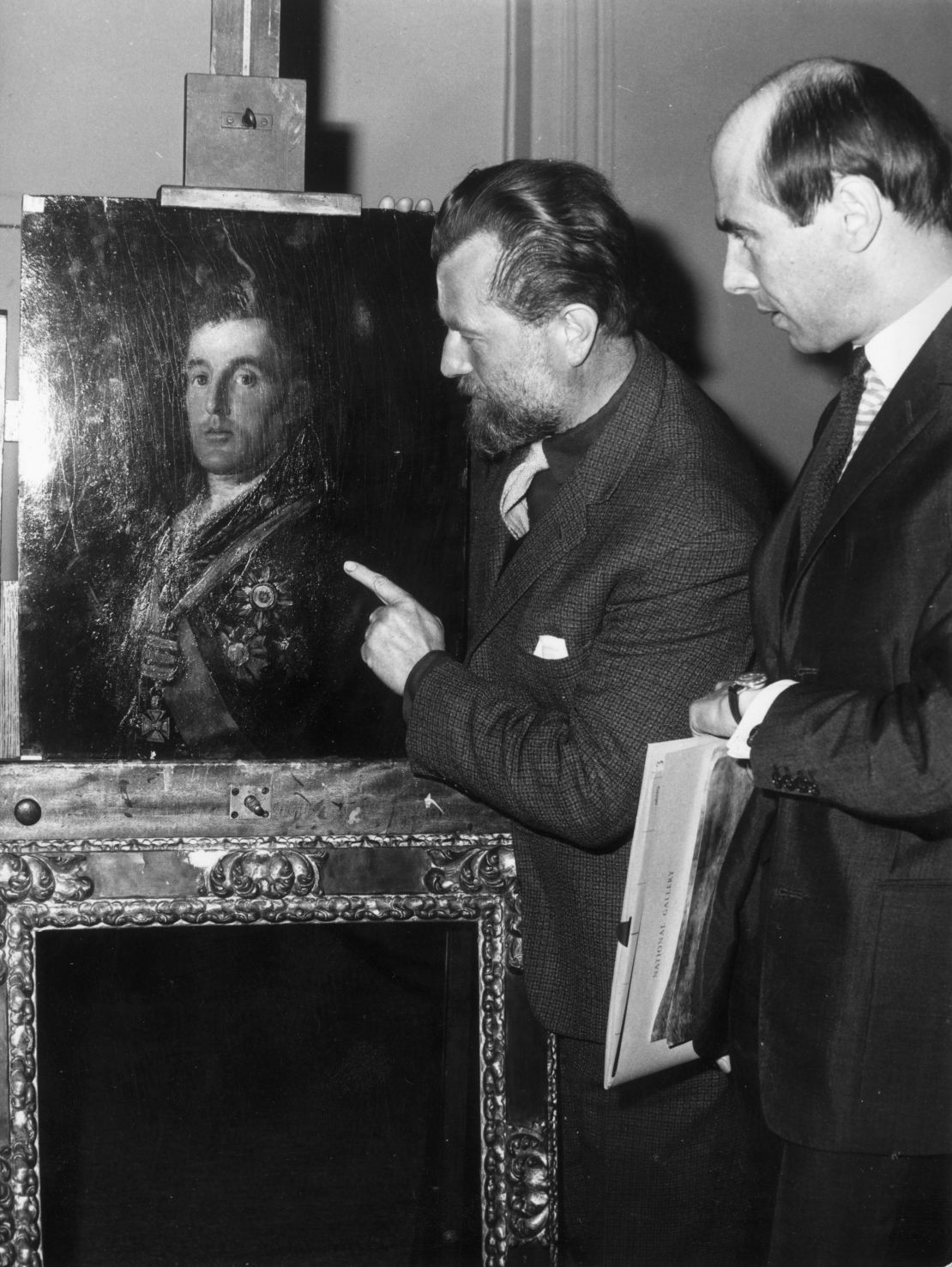
Francisco Goya’s painting, “Portrait of the Duke of Wellington” was stolen in 1961 and was missing for four years. A retired bus driver Kempton Bunton later confessed to the crime and was jailed for three months. The painting was recovered.
“I went up to it, took hold of it, and carried it back to the toilet,” he told the police.
“I climbed over the wall, still holding the picture in one hand … I put the picture on the back seat of the car and drove back to [his furnished room in] Grafton Street. I then put the picture under my bed.”
Picasso’s hairdresser
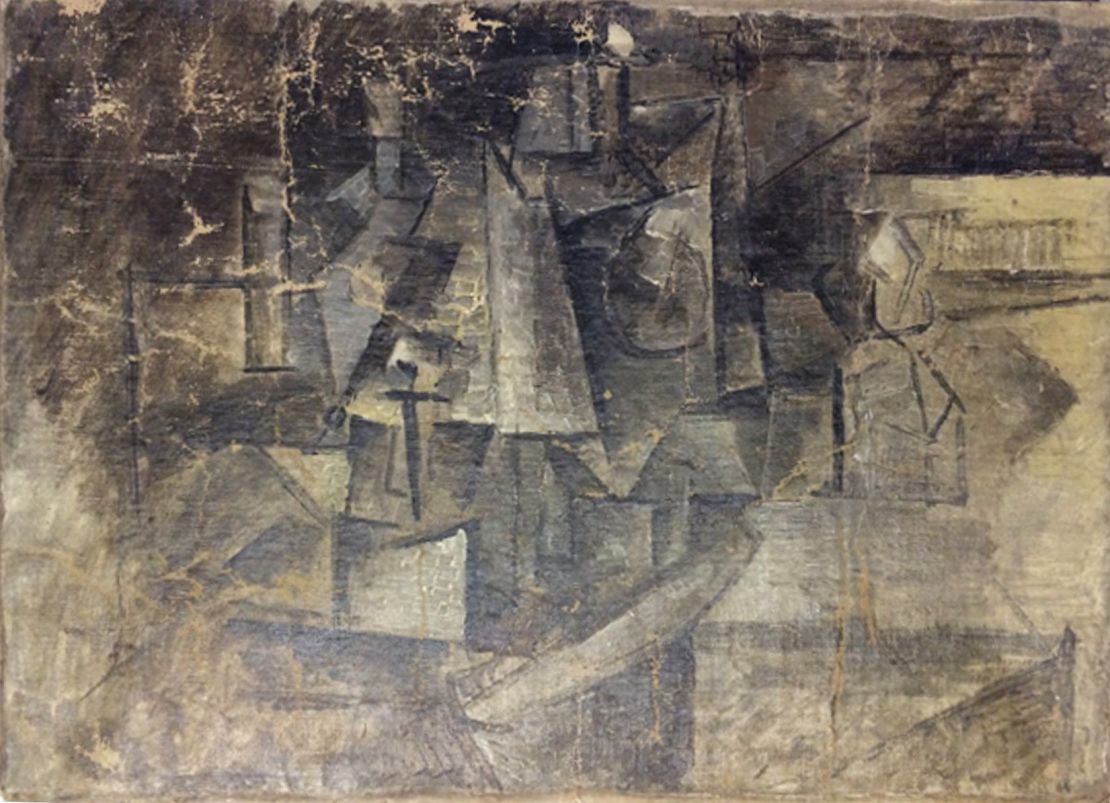
Picasso’s “La Coiffeuse” (“The Hairdresser”) was discovered missing in 2001 and was recovered when it was shipped from Belgium to the United States in December 2014. The shipper said it was a $37 piece of art being sent to the United States as a Christmas present. It was actually a stolen Picasso, missing for more than a decade and worth millions of dollars.
The shipper had listed the item as a $37 piece of art being sent to the United States as a Christmas present. But it was actually the stolen Picasso, which had been missing for more than a decade and is worth millions of dollars.
Lost work of Renoir
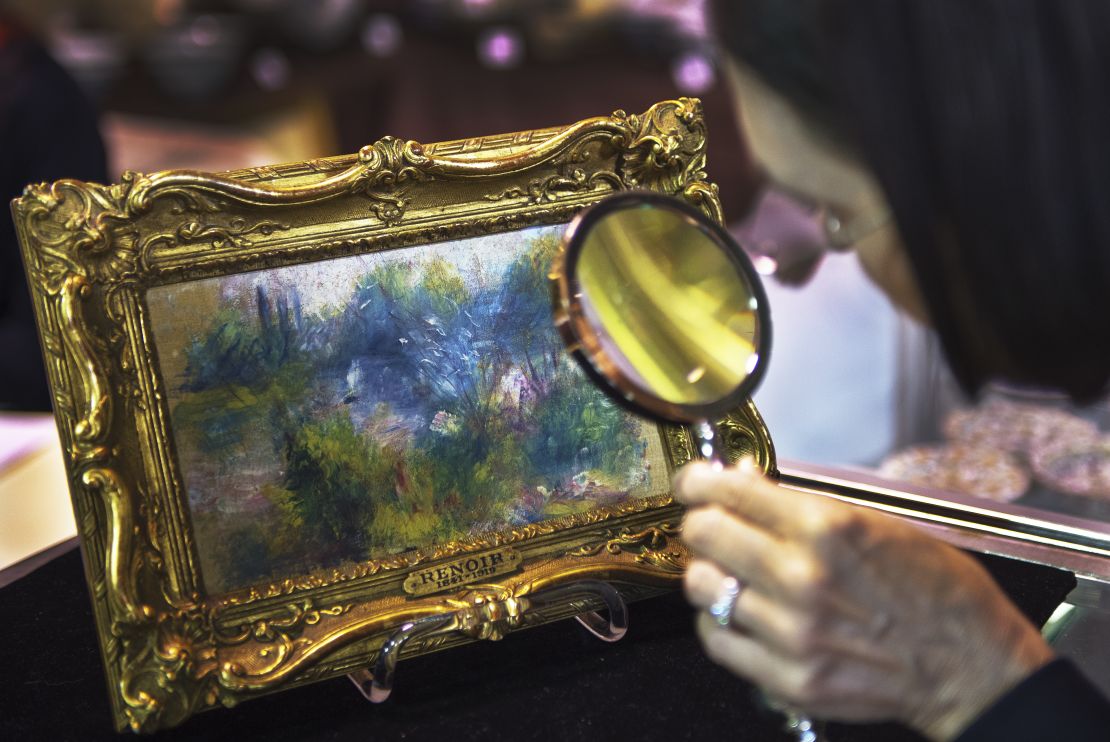
A Renoir painting finished in the 1800s, loaned to a museum, reported stolen in 1951 and then bought at a flea market in 2010 has to be returned to the museum, a judge ruled on January 10, 2014.
The tiny painting, titled “Landscape on the Banks of the Seine,” was bought for $7 at a flea market by a Virginia woman. The estimated value at the time of its recovery was between $75,000 and $100,000.
The estimated value at the time of its recovery was between $75,000 and $100,000.
Seven stolen
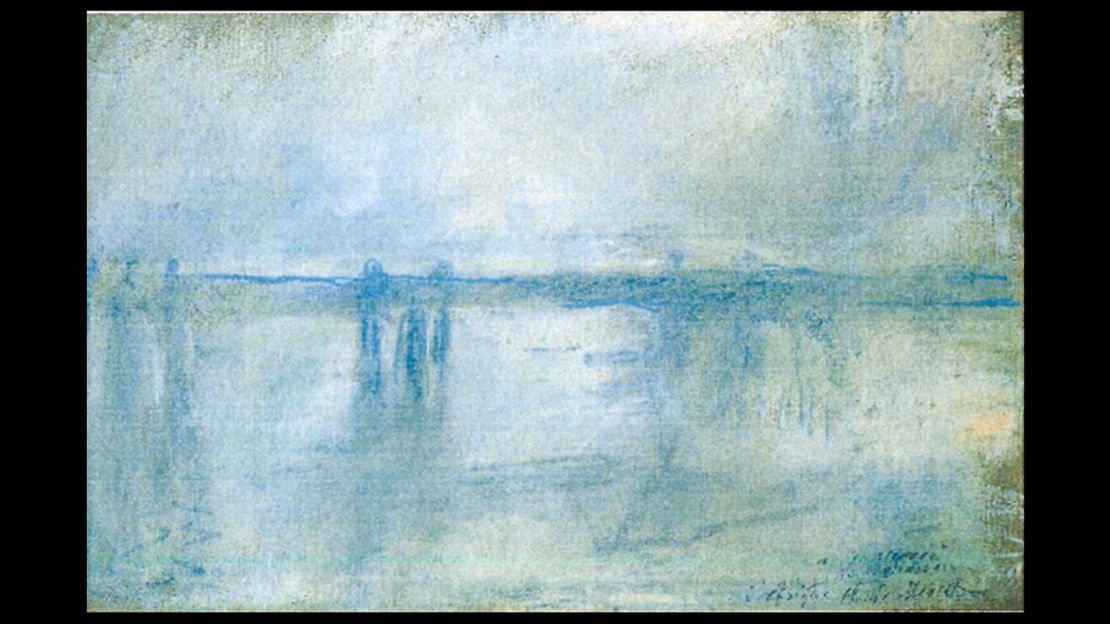
Seven famous paintings were stolen from the Kunsthal Museum in Rotterdam, Netherlands, in 2012, including Claude Monet’s “Charing Cross Bridge, London.”
The paintings, in oil and watercolor, include Pablo Picasso’s “Harlequin Head,” Henri Matisse’s “Reading Girl in White and Yellow,” Lucian Freud’s “Woman with Eyes Closed” and Claude Monet’s “Waterloo Bridge”. Works by Gauguin and Meyer de Haan were also taken.
Several people were convicted in connection with the theft but the paintings have not been found.
Nazi looting
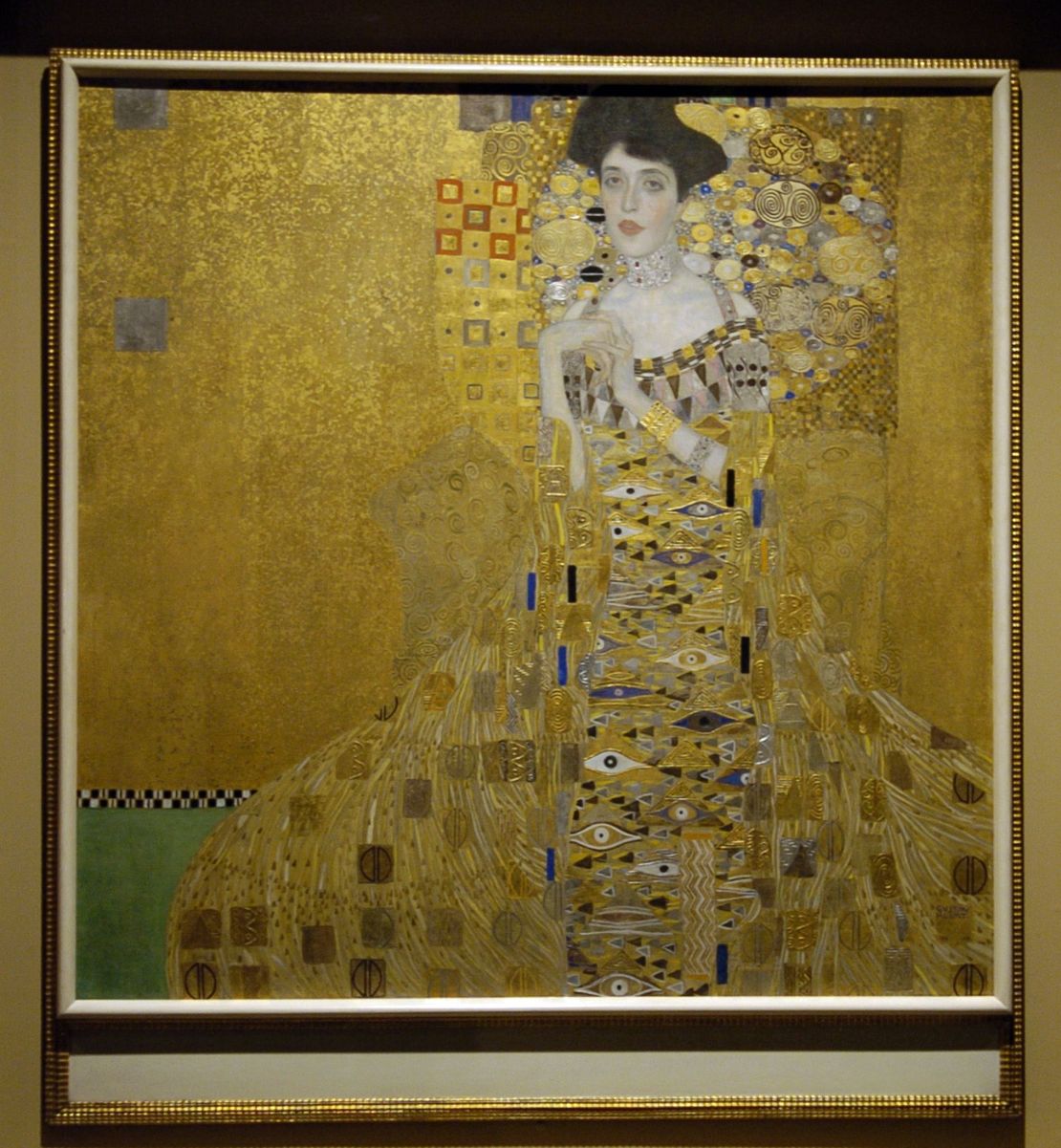
Among their many crimes, the Nazis plundered precious artworks as they gained power during World War II. “Adele Bloch-Bauer I,” by Austrian artist Gustav Klimt, was confiscated from the owner when he fled from Austria. It is currently in New York’s Neue Galerie.
“Adele Bloch-Bauer I,” by Austrian artist Gustav Klimt, was confiscated from its owner when he fled from Austria. It was recovered and is in New York’s Neue Galerie.
Pierre Auguste Renoir’s “Deux Femmes Dans Un Jardin,” painted in 1919, was stolen by Nazis from a Paris bank vault in 1941.
It belonged Alfred Weinberger, a prominent art collector in prewar Paris. It was returned to his last surviving heir, granddaughter Sylvie Sulitzer, in September 2018.
Many works of art that were taken by the Nazis were never recovered. Others were returned after years of legal battles. “Christ Carrying the Cross,” by Italian artist Girolamo de’ Romani, was returned to his family in 2012.
The Scream
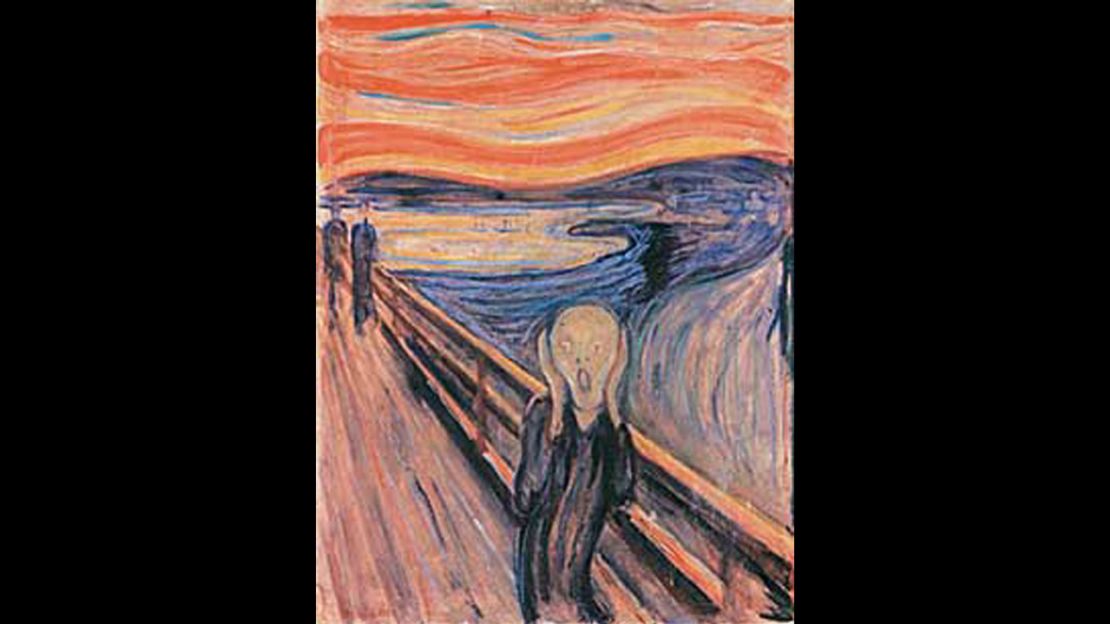
“The Scream” was one of two Edvard Munch paintings that were stolen from the Munch Museum in Oslo, Norway, in 2004. Three men pulled off the raid in broad daylight before being arrested in 2006.
Munch in fact created multiple versions of the famous image, including two in paint and two in pastel. Recalling how the idea for the famous painting came about, Munch, who died in 1944, once wrote: “I was walking down the road with two friends when the sun set; suddenly, the sky turned as red as blood.
“I stopped and leaned against the fence, feeling unspeakably tired. Tongues of fire and blood stretched over the bluish black fjord. My friends went on walking, while I lagged behind, shivering with fear. Then I heard the enormous, infinite scream of nature.”
‘Mona Lisa’
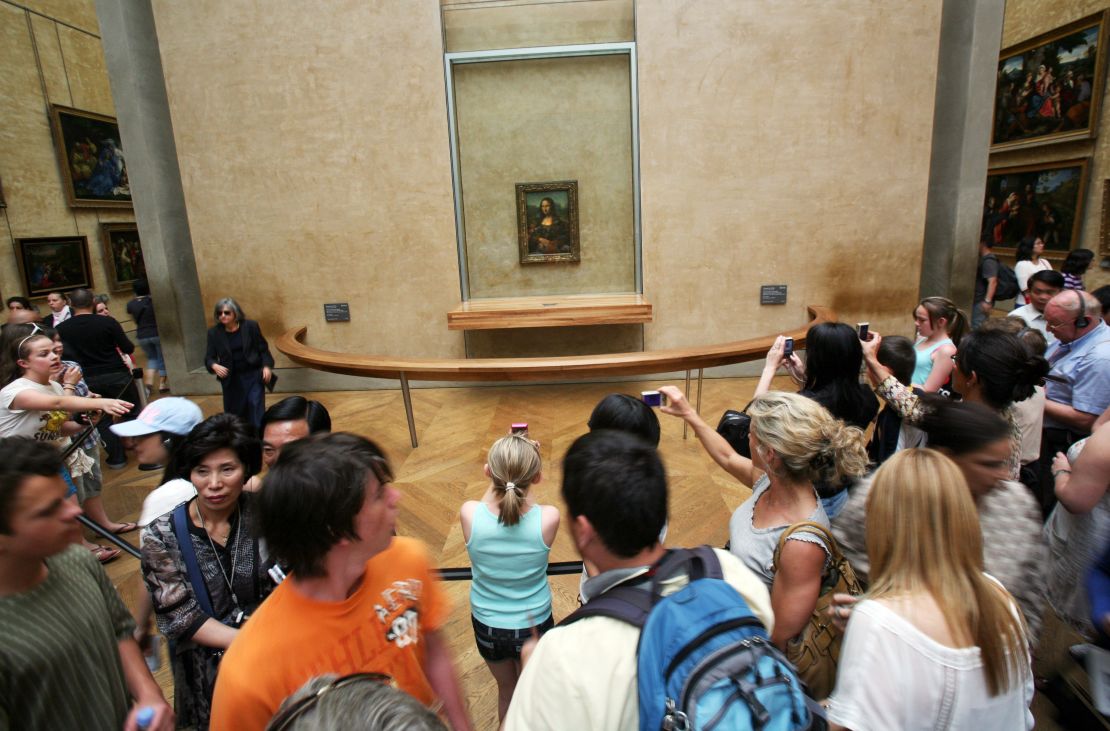
The world’s most famous painting owes much of its notoriety to thievery.
Before the 20th century, Leonardo da Vinci’s “Mona Lisa” wasn’t especially well-known outside art circles. But in 1911, an former employee of the Louvre pilfered the portrait and hid it for two years.
Public fascination with the theft helped cement the painting’s place in popular culture ever since.
Kwegyirba Croffie and Forrest Brown contributed to this article.











